There's a thriving population of radioactive animals that have taken over the abandoned Chernobyl exclusion zone, even though the area is toxic for humans
Katie Canales

- The Chernobyl nuclear power plant in the then-Soviet Union experienced a power surge in April 1986.
- Residents of the surrounding areas were evacuated, and the area has turned into a ghost town in the decades since, save for a few locals that returned.
- But a diverse community of wildlife has since repopulated the area thanks to the absence of humans.
- Visit Business Insider's homepage for more stories.
On April 26, 1986, reactor number four at the Chernobyl nuclear power plant, located in the then-Soviet Union, experienced a power surge, resulting in an explosion that sent a cloud of radioactive materials across parts of Europe.
It was the world's worst nuclear accident. Around 350,000 people were evacuated following the explosion.
Today, the areas surrounding the Chernobyl nuclear power plant are almost completely void of humans, save for a number of locals that reside in the Chernobyl exclusion zone.
But the contaminated area is now populated by a diverse wildlife community.
Scientists and researchers are still investigating how exactly the animals are affected by radioactive exposure, but many studies so far point to the most likely explanation for why the animals are thriving: the lack of humans.
"Nature flourishes when humans are removed from the equation, even after the world's worst nuclear accident," Jim Smith, an environmental scientist who has studied life near Chernobyl, told National Geographic.
Here's how nature has reclaimed the contaminated land.
Read the original article on Business InsiderThough Tim Mousseau, a biologist at the University of South Carolina, told National Geographic in 2018 that the spread of mutations from Chernobyl wolves is "certainly plausible" since smaller animals have been found to have that potential.
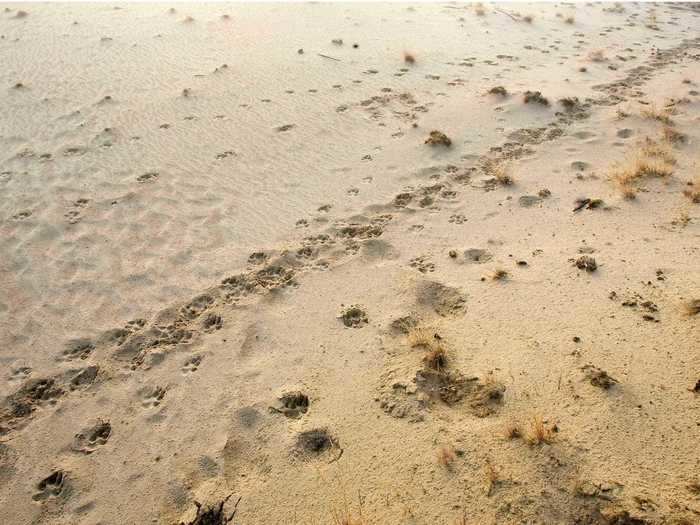
Source: National Geographic
This is an updated version of an article originally written by Courtney Verrill.
But seeing as how the wolf was physically capable to make that 250-mile journey, and that mutational effects are usually harmful, Anders Moller, a scientist at the University of Paris-Sud, told National Geographic that that's unlikely.
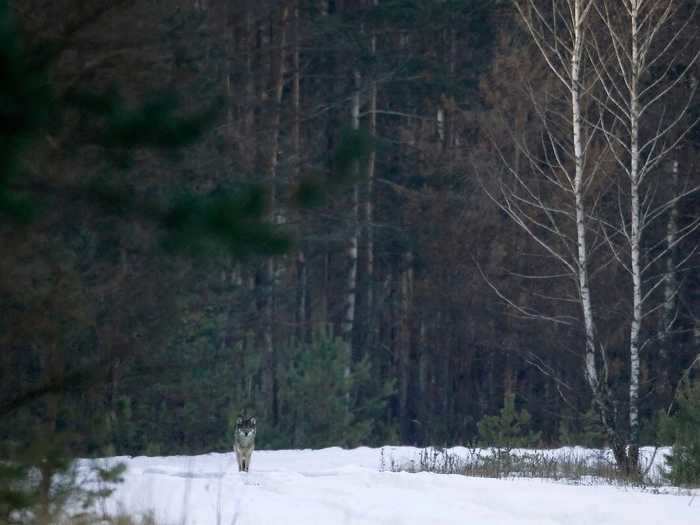
Source: National Geographic
But the findings of the wolf's journey posed the question of whether or not potential mutations in its species could actually be spread to other wolf populations outside of Chernobyl.
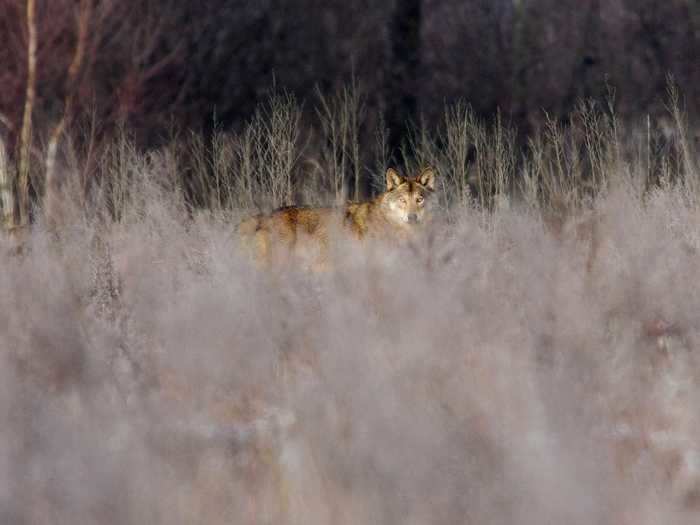
Source: National Geographic
Scientists tracked one of these wolves from the Chernobyl exclusion zone all the way to Russia, which Beasley told National Geographic in 2018 isn't surprising, since many young male wolves will make long treks in search of mates.
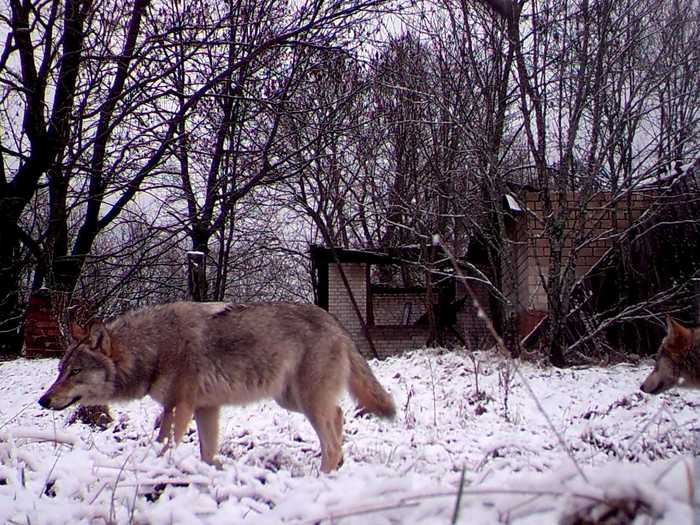
Source: Independent and National Geographic
Jim Beasley, a wildlife ecologist at the University of Georgia in the US, told National Geographic in 2016 that the wolves in the Chernobyl exclusion zone may outnumber the wolf population at Yellowstone National Park.
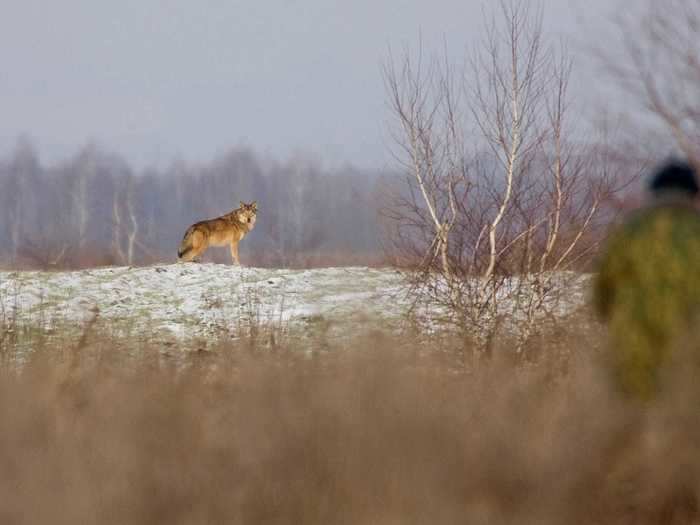
Source: National Geographic
Scientists have found that the population of wolves is seven times greater in the Belarussian part of the Chernobyl zone than in comparable, uncontaminated reserves.
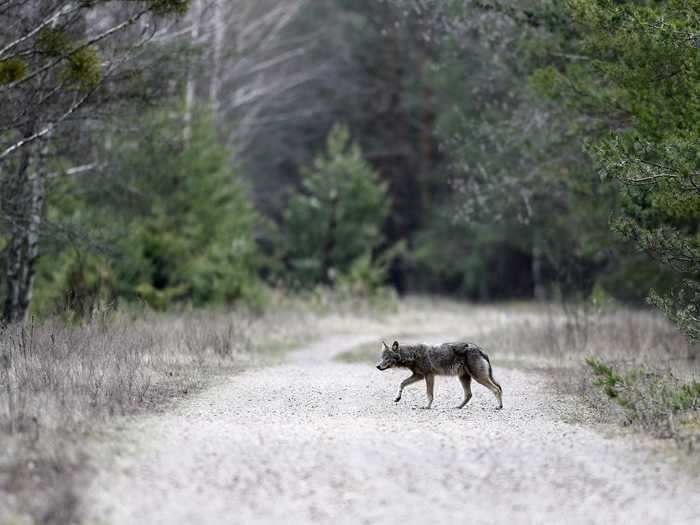
Source: Reuters, National Geographic
Wolves are one of the most prominent species residing within the exclusion zone.
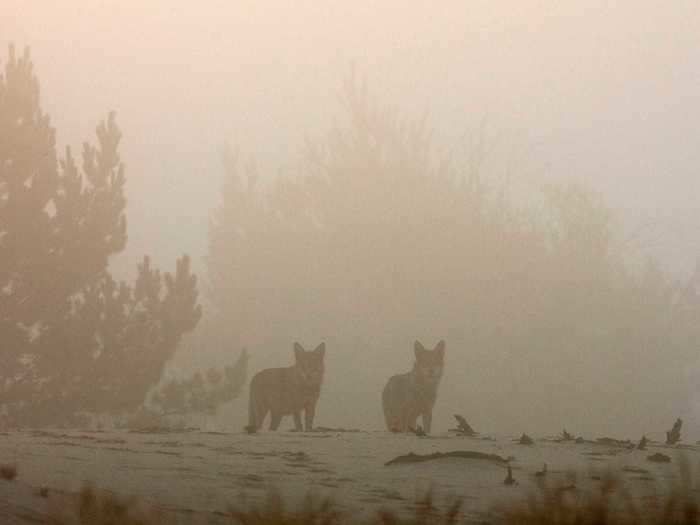
Source: National Geographic
Mutations among the large wolf populations within the zone are also being explored.
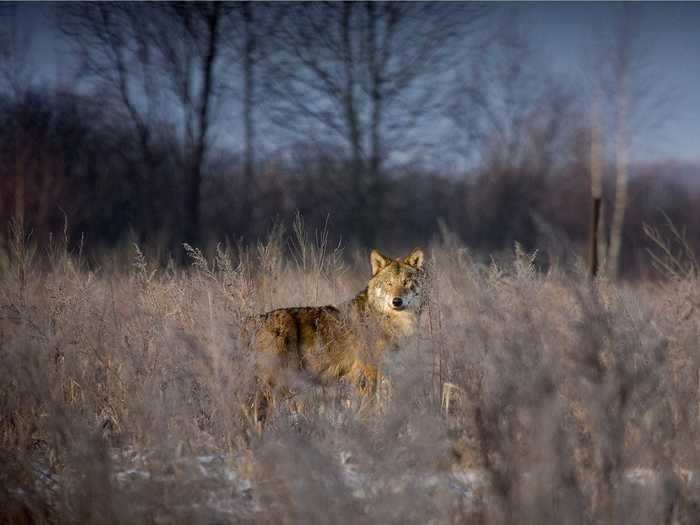
Source: National Geographic
Studies in certain animals, like barn swallows and voles, suggest that the mutations may even be passed down to the next generation.
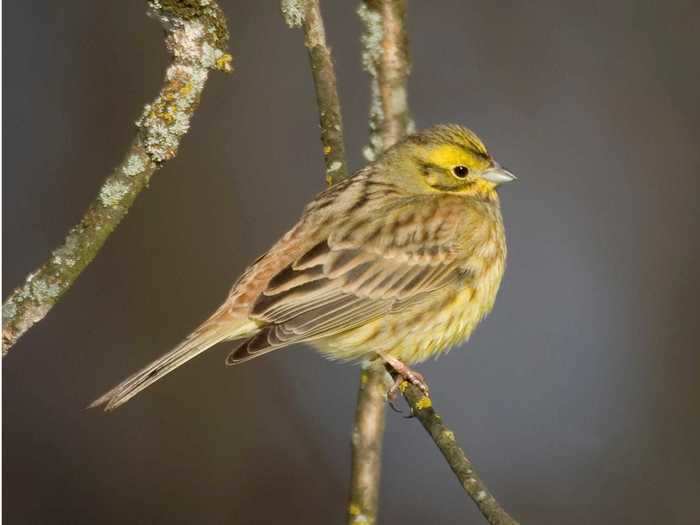
Source: National Geographic and International Journal of Science
For example, one group of researchers working with Orizaola found that frogs within the exclusion zone are darker in color than frogs inhabiting areas outside of it.
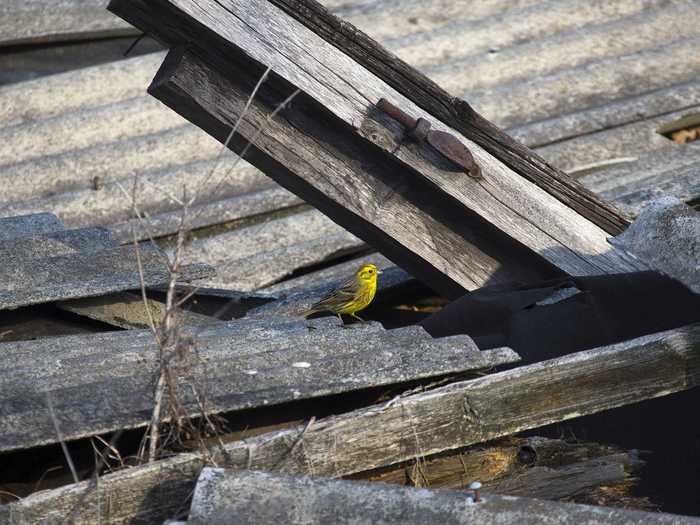
Source: Business Insider
Researchers are studying the kinds of mutations that radiation exposure is causing in certain species.
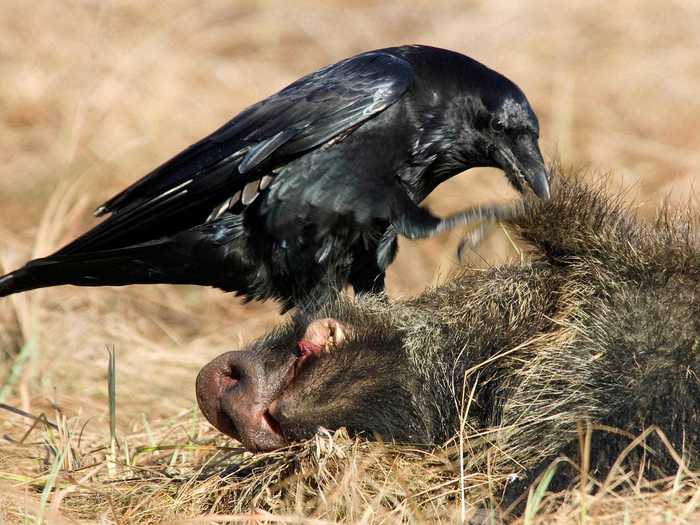
Source: National Geographic
It's possible that some animals are adapting to the radiation they are exposed to.
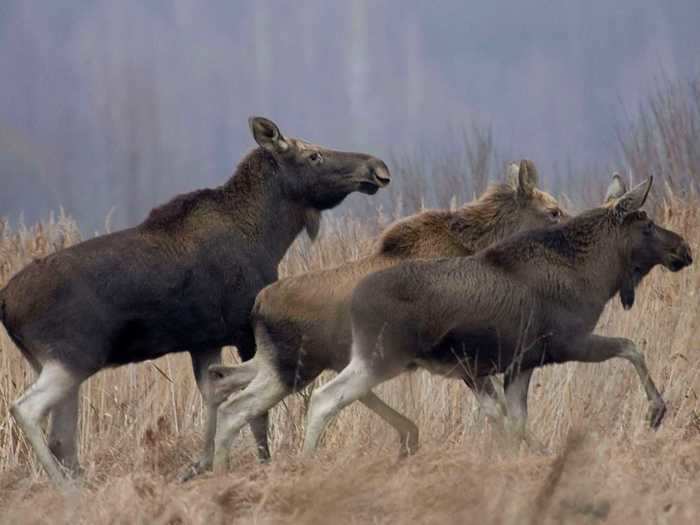
Source: Business Insider
According to German Orizaola, a zoology researcher who has studied the effects of radiation on tree frogs in Chernobyl, this could mean that animals have a higher resistance to radiation than we previously believed.
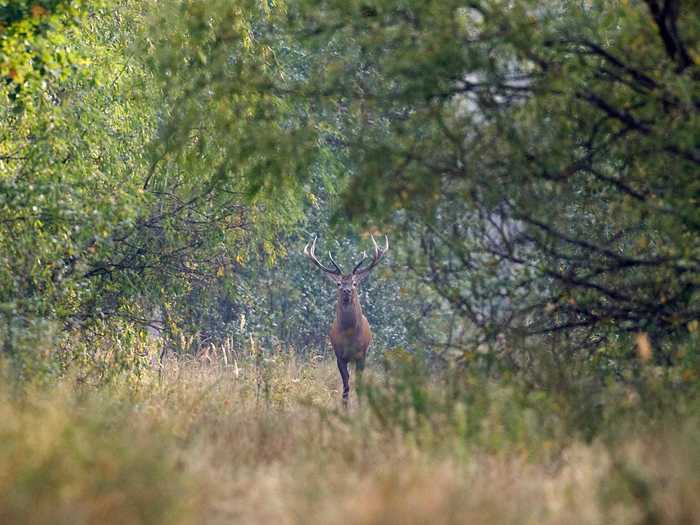
Source: Business Insider
So even though studies have shown that radiation negatively affects some individual creatures, some scientists say that the overall population densities are unaffected.
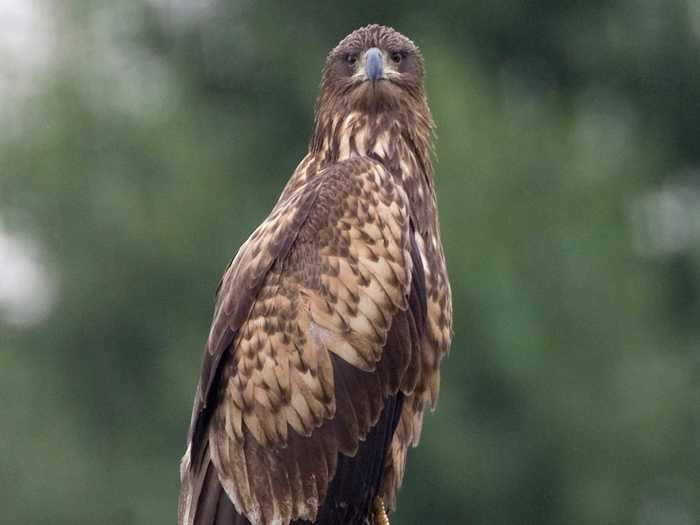
Source: Business Insider
But there is still a vast bird population, with some 200 bird species living in the exclusion zone.
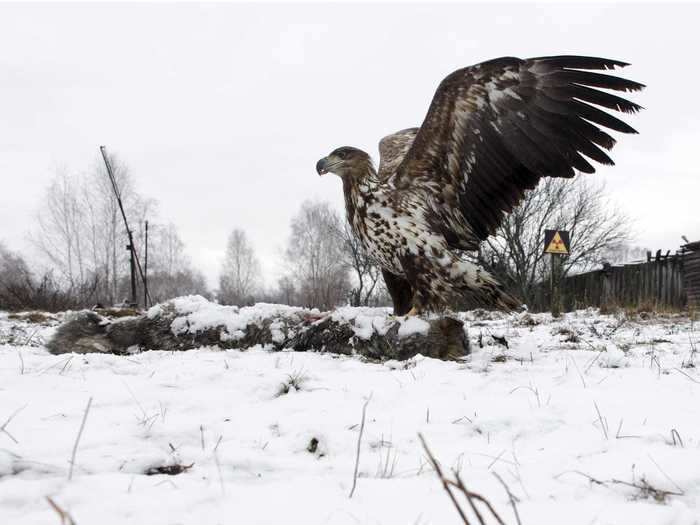
Source: Business Insider
And higher levels of albinism and genetic alterations have been found in birds living in areas with higher contamination levels.
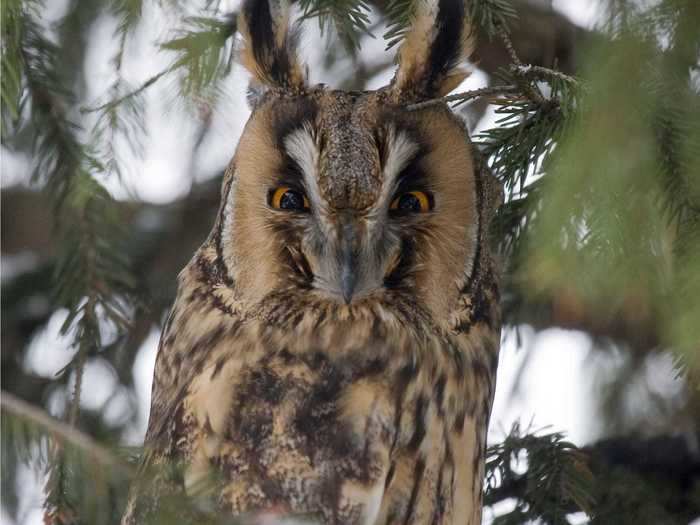
Source: Business Insider
Studies have shown that some insects living in highly radioactive areas also have shorter lifespans and are more susceptible to parasites.
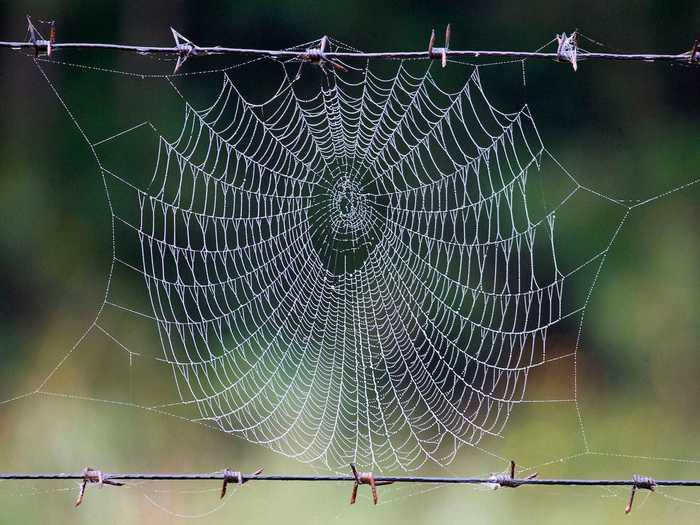
Source: Business Insider
Smaller animals exposed to radiation have also exhibited abnormal growth developments.
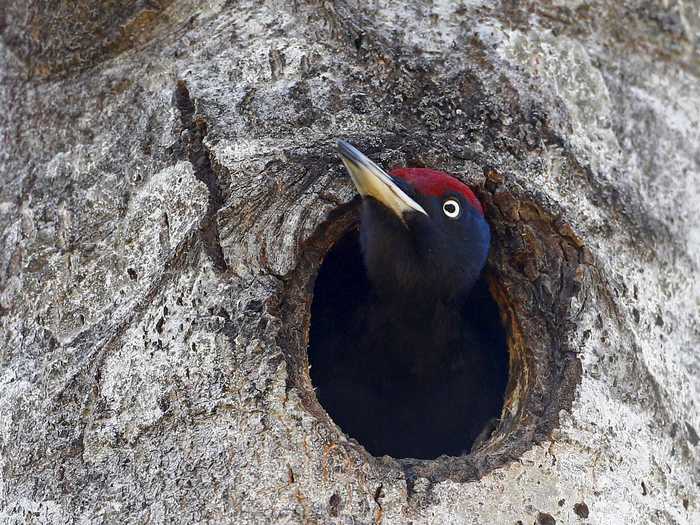
Source: National Geographic
Studies have shown that smaller animals, like birds and rodents, have exhibited poor health effects, like tumors and cataracts, which are common side effects of radiation exposure.
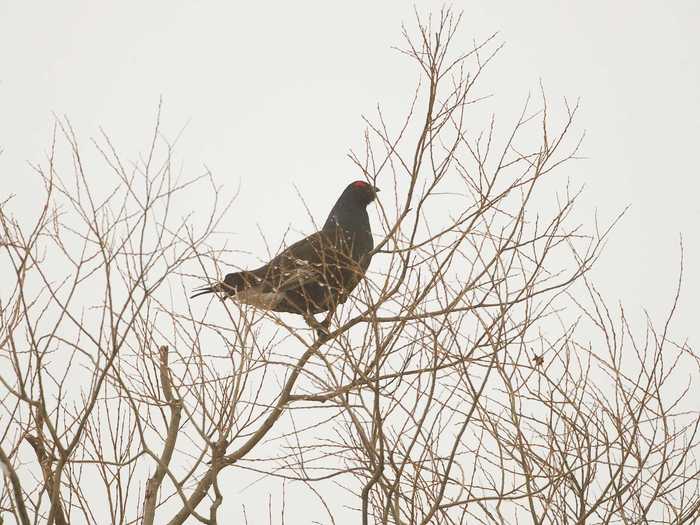
Source: National Geographic
So scientists are also studying how radiation exposure levels change in animals as they travel throughout the different areas within the zone.
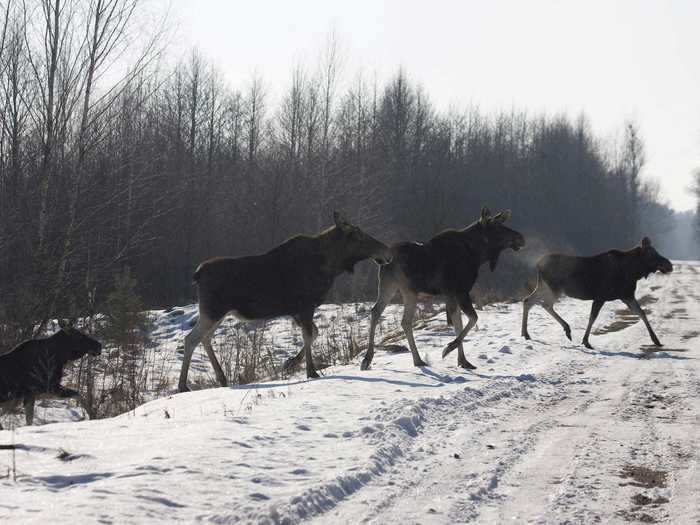
Populations of animals live across different areas within the zones, where levels of contamination vary.
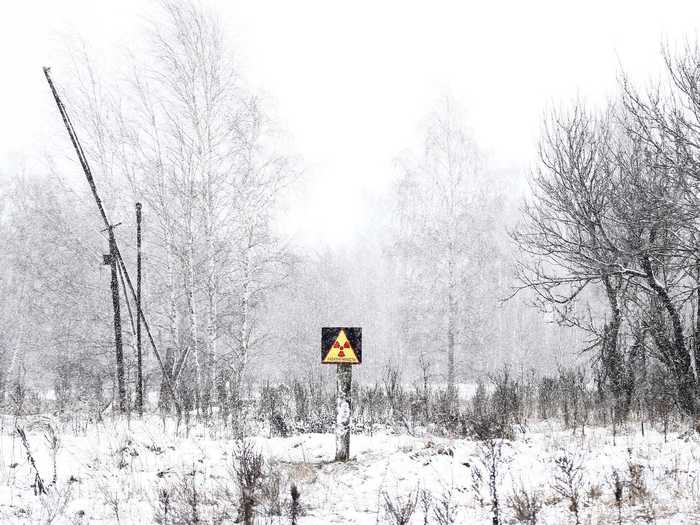
Source: BBC
But there are still ongoing studies to find out if radiation has a negative effect on animals to the point where it would harm or kill them.
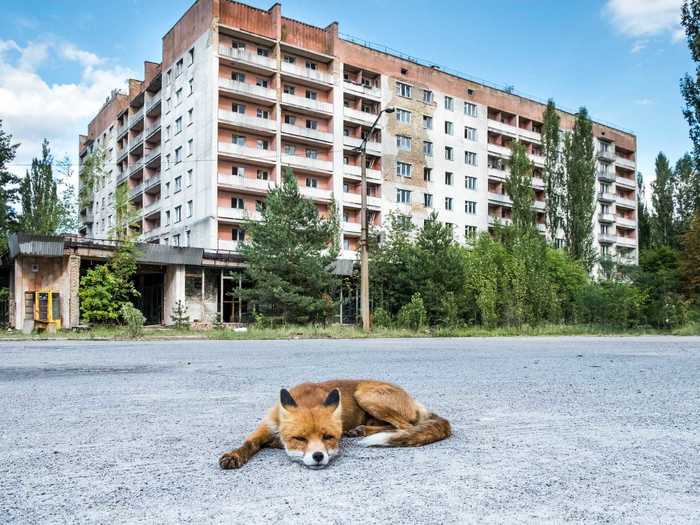
Source: National Geographic
Bison, in particular, are thought to benefit from the reduced human population.
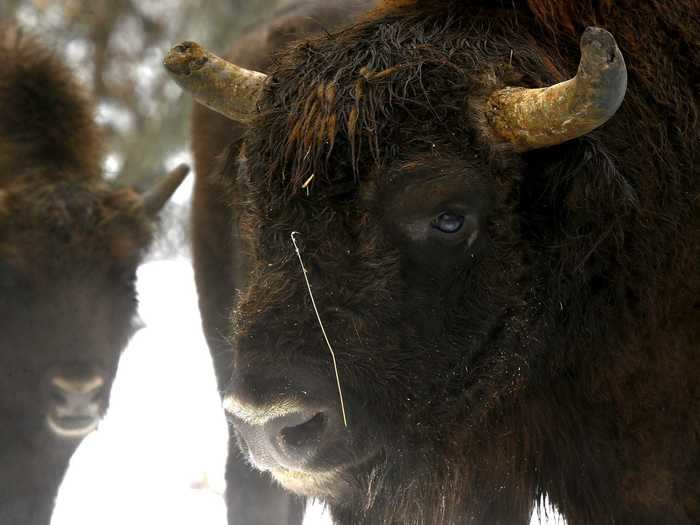
Source: National Geographic, Business Insider
Because hunting isn't a common practice within the zone, large mammals are more likely to live and thrive in this area than smaller mammals, according to some scientists.
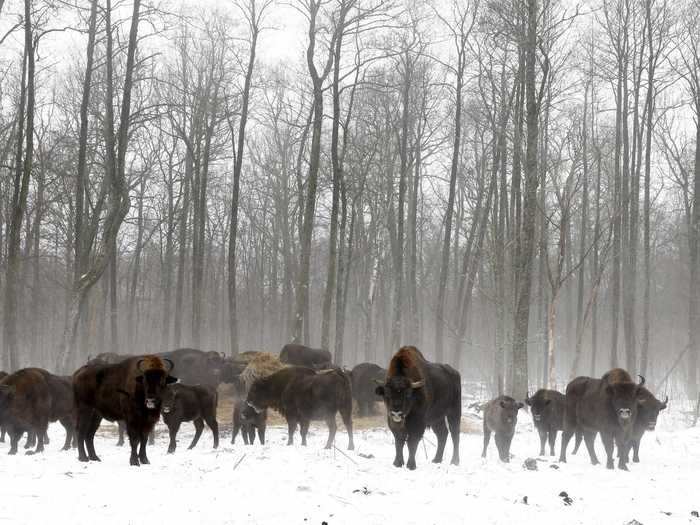
Source: Live Science, National Geographic
Some researchers think that wildlife has come to the area because it has been almost completely untouched by humans, which has allowed certain species to thrive.
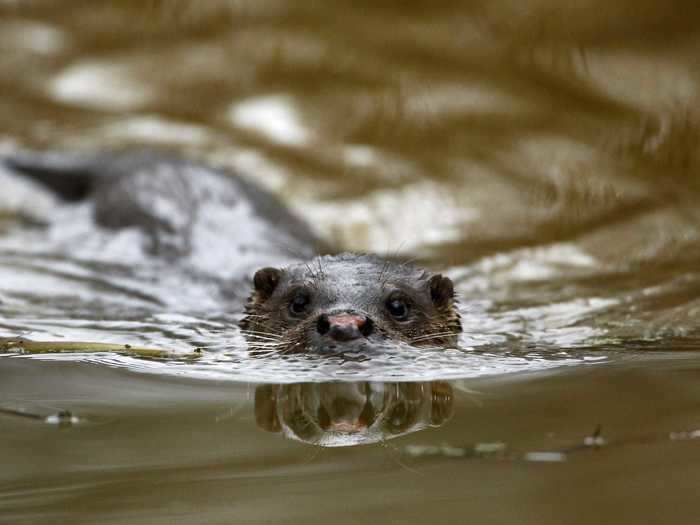
Source: Live Science
The lingering radiation is unhealthy for wildlife, but some scientists say the effects of human activity — like hunting, farming, and forestry — are worse on the animals.
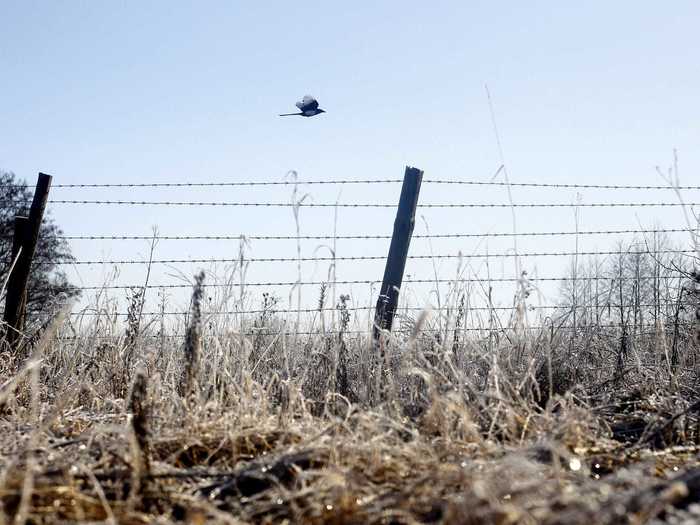
Source: Live Science, National Geographic
Scientists are trying to understand just how much wildlife inside the exclusion zone is benefiting from the lack of human interference and how much it is suffering from the contamination in the zone.
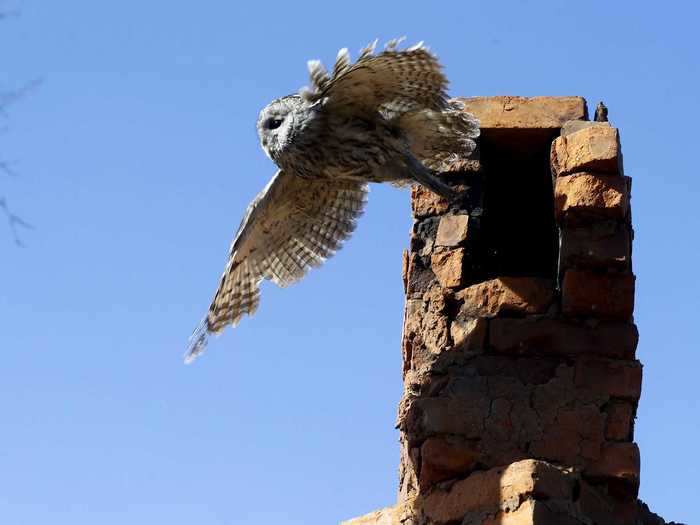
Source: Reuters
And there's also debate about exactly how much the wildlife population is "thriving" inside the zone compared to populations outside of it.
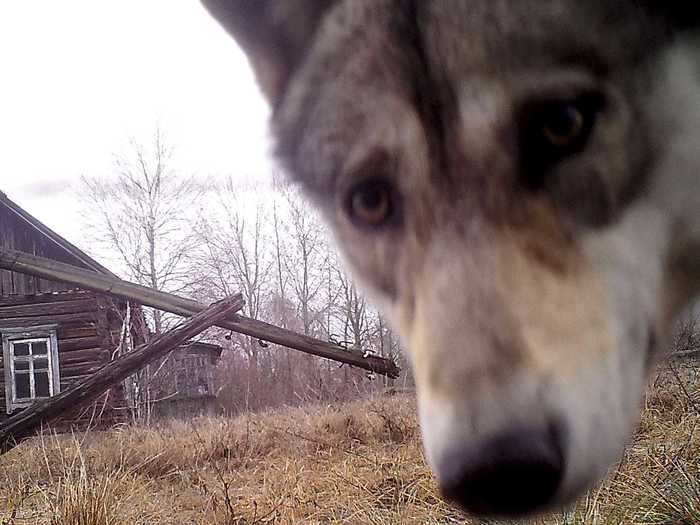
Source: Business Insider, National Geographic
But there is debate about exactly why the contaminated zone has proven to be a beneficial environment for animals.
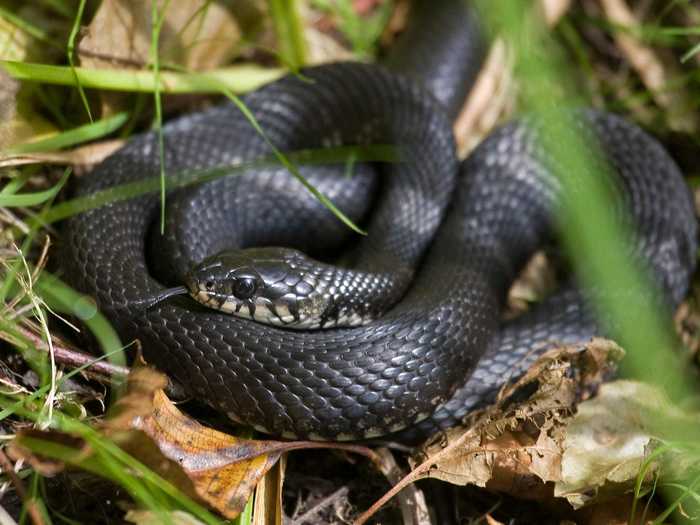
Source: Business Insider, National Geographic
Scientists purposefully released them in the area in the 1990s as part of a conservation program. They travel in herds and seem to have adapted well to the environment, according to the University of Salford's Mike Wood.
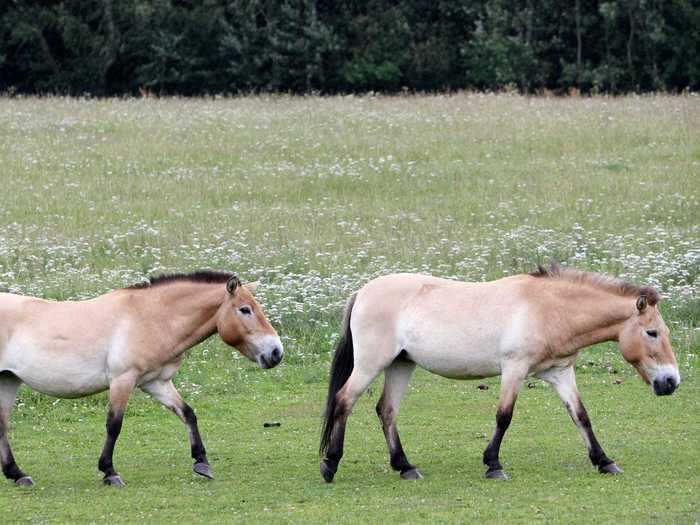
Source: BBC
And you can even find the endangered Przewalski's horse, a rare wild horse species, roaming the area.
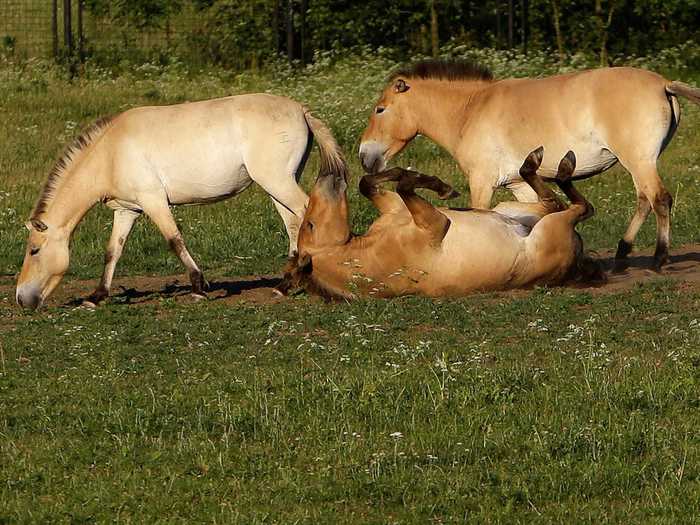
Source: BBC
The European brown bear — an animal that hadn't been seen in the region in over a century — has also been documented living in the zone.
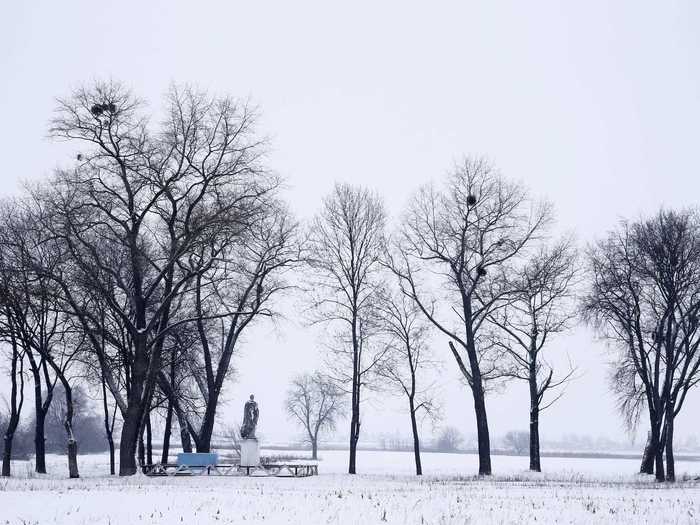
Source: Telegraph
Today, you can find elk, deer, wolves, bison, foxes, and dozens of other species roaming the area.
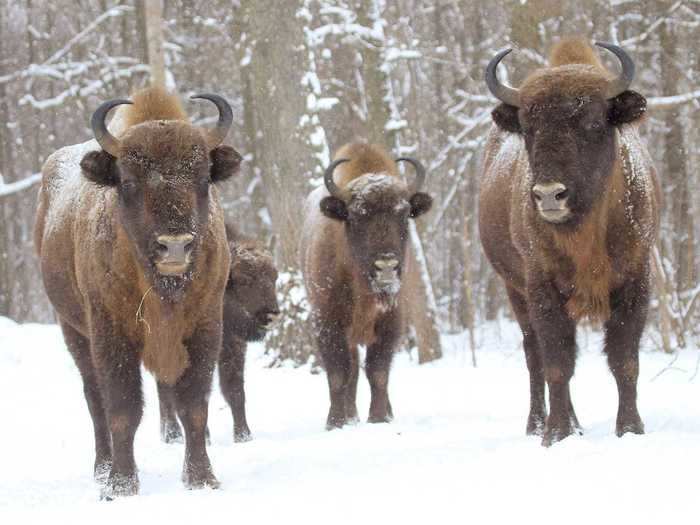
Source: Business Insider
Stray pets aren't the only animals proliferating in the exclusion zone. Scientists say it's possible that the number of wild animals in the area is now higher than it was 33 years ago.
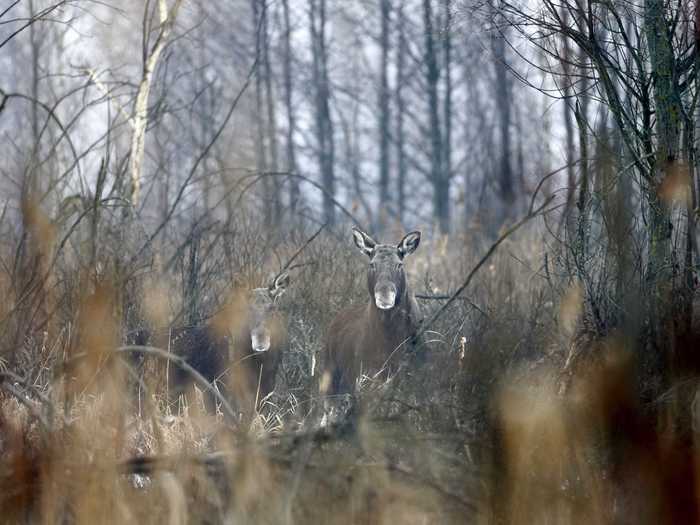
Source: Business Insider
The organizations are working together to continue caring for these animals, and in 2018, they adopted out 15 puppies that didn't pose a radiation risk to humans.
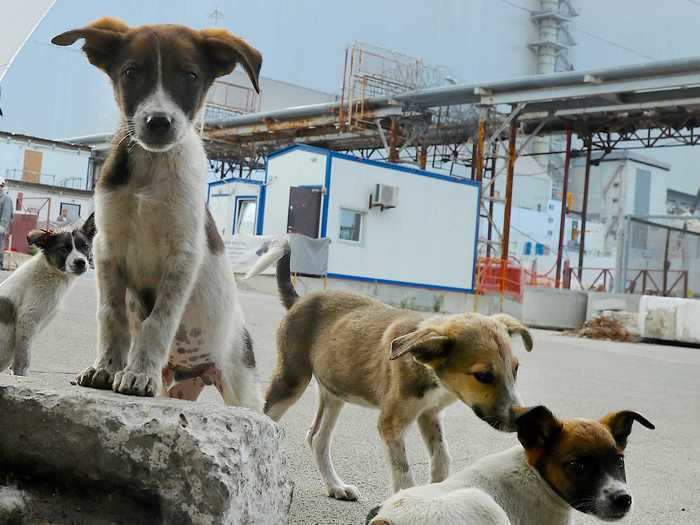
Source: SPCA International, Clean Futures Fund
While there are many of these stray animals in the exclusion zone, SPCAI and CFF report that most of them struggle to survive there. They rely on the care and scraps of power plant workers and occasional visitors, and few live to be more than six years old.
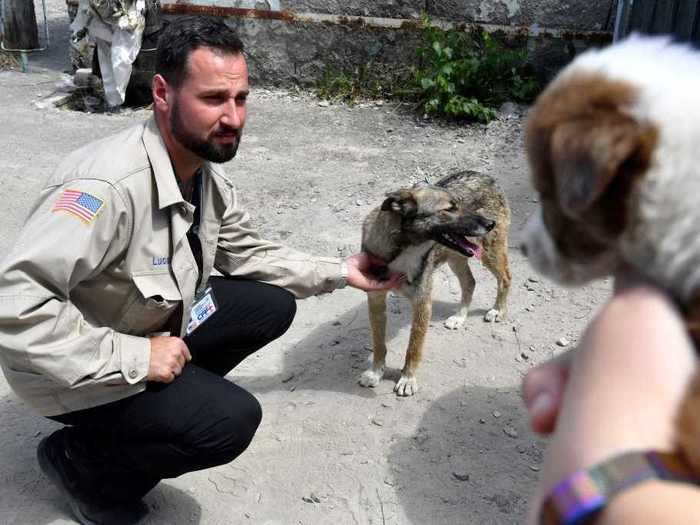
Source: SPCA International, Clean Futures Fund
The Clean Futures Fund (CFF), which has been visiting Chernobyl to spay, neuter, and vaccinate stray dogs, estimates that there are more than 600 stray dogs throughout the exclusion zone. SPCA International (SPCAI) estimates that it has provided care fore more than 800 dogs and cats living there.
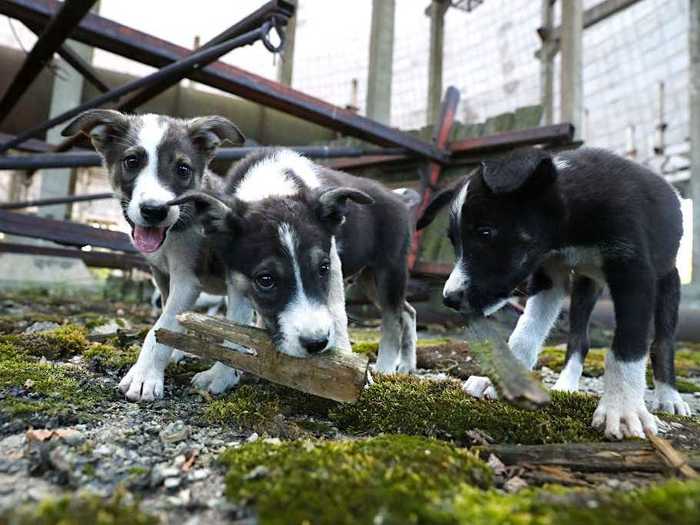
Source: SPCA International, Clean Futures Fund
But some of the pets survived, and now hundreds of their descendants live in the exclusion zone.
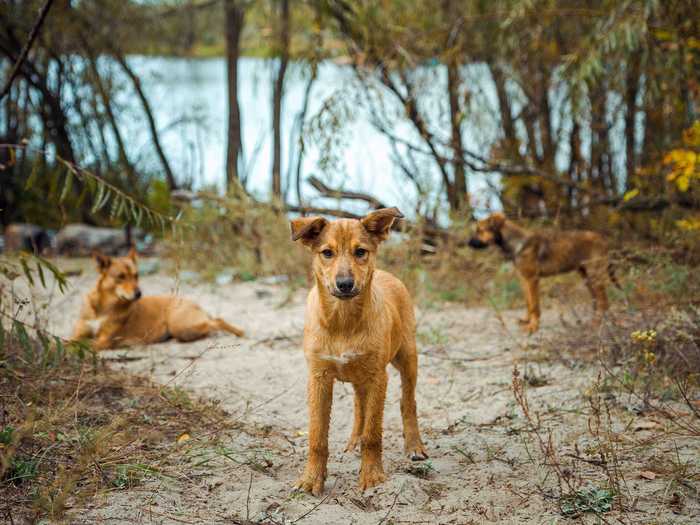
Source: SPCA International, Clean Futures Fund
When people were evacuated from Chernobyl in 1986, many left their pets behind thinking that they would soon return. After they were unable to return, Soviet Army soldiers were sent to kill the pets that had been left behind.
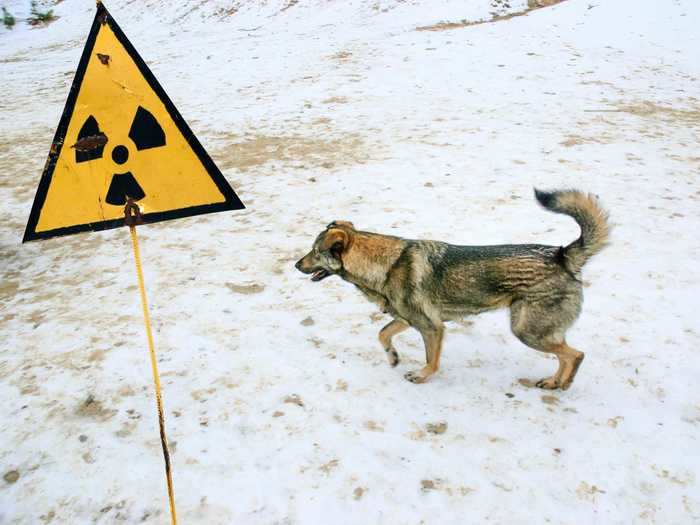
Source: SPCA International, Clean Futures Fund
... with the exception of the descendants of abandoned animals and a somewhat newly developed wildlife population.
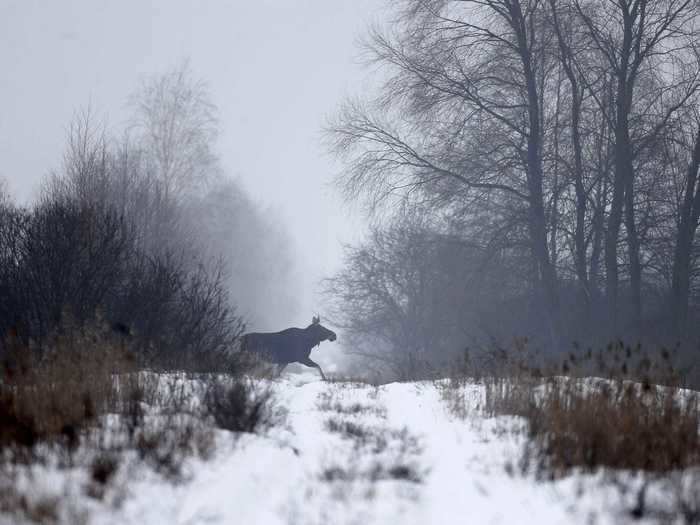
Source: Business Insider
Other than the small population of local residents that have returned, the empty area has been mostly abandoned ever since ...
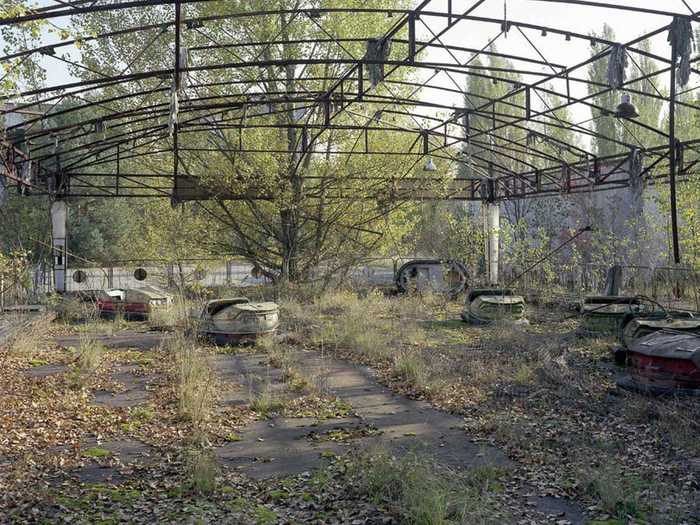
The Chernobyl exclusion zone is still considered an unsafe region for humans due to the high levels of radiation. It's technically considered illegal to live there, though there are some who do.
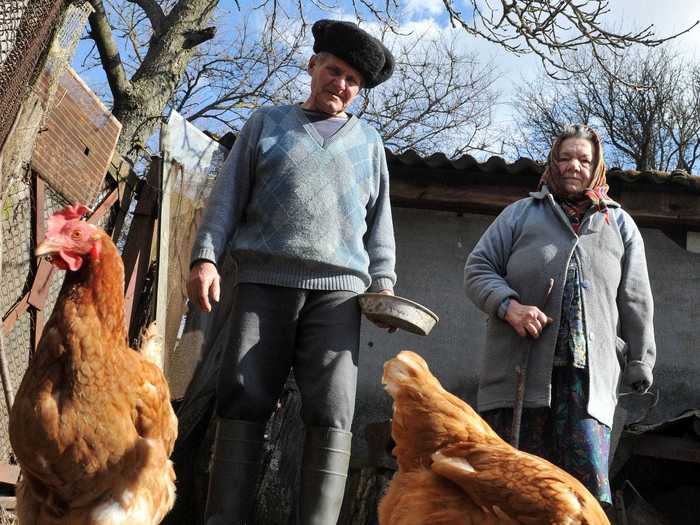
... which adjoins the exclusion zone in neighboring Belarus, known as the Palieski State Radioecological Reserve. Though the explosion took place in Ukraine, much of the radiation from the Chernobyl disaster was blown north to Belarus.
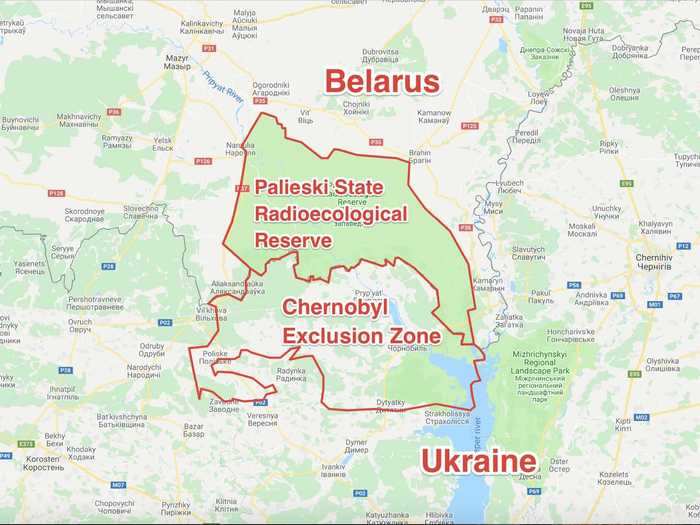
Source: The Guardian
The areas surrounding the plant are now considered to be some of the most polluted areas on the planet. A 1,000-square-mile Chernobyl Exclusion Zone is now the officially designated exclusion zone in Ukraine ...
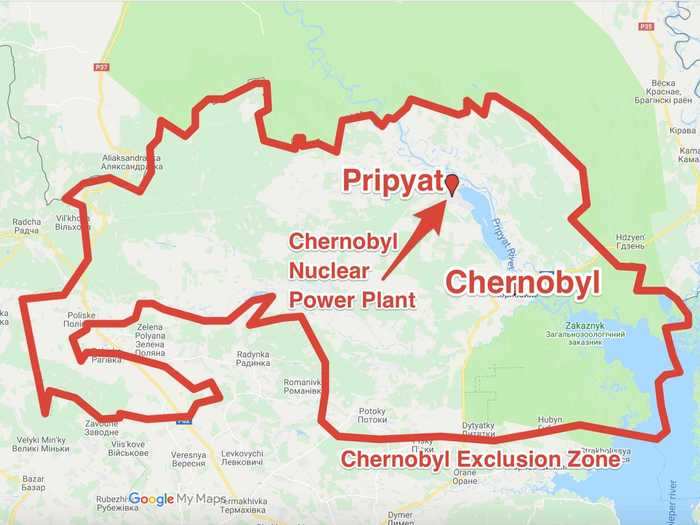
Source: visitchernobyl.com , BBC, USA Today
As a result, about 350,000 people in the exclusion area were forced to leave their homes, most of them forever.
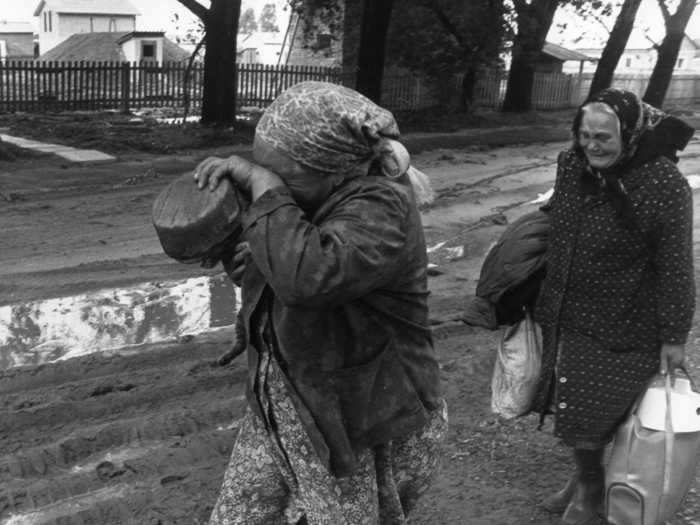
Source: Business Insider
The nuclear explosion at the Chernobyl Nuclear Power Plant in 1986 sent plumes of radioactive contaminants across parts of Europe.
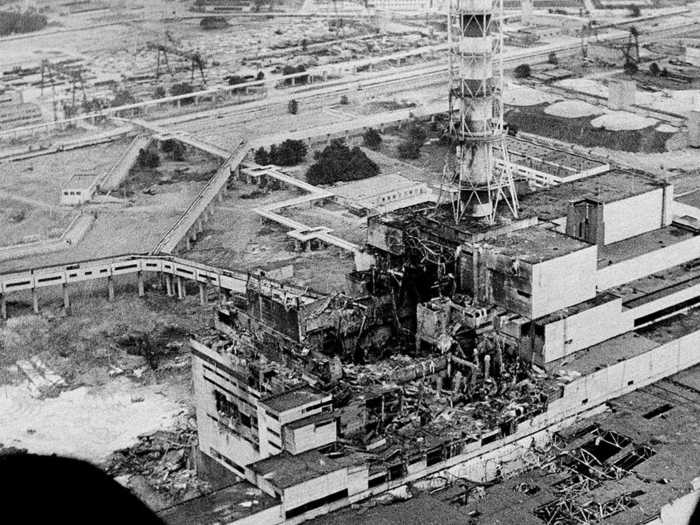
Source: Business Insider
READ MORE ARTICLES ON
Popular Right Now
Popular Keywords
Advertisement